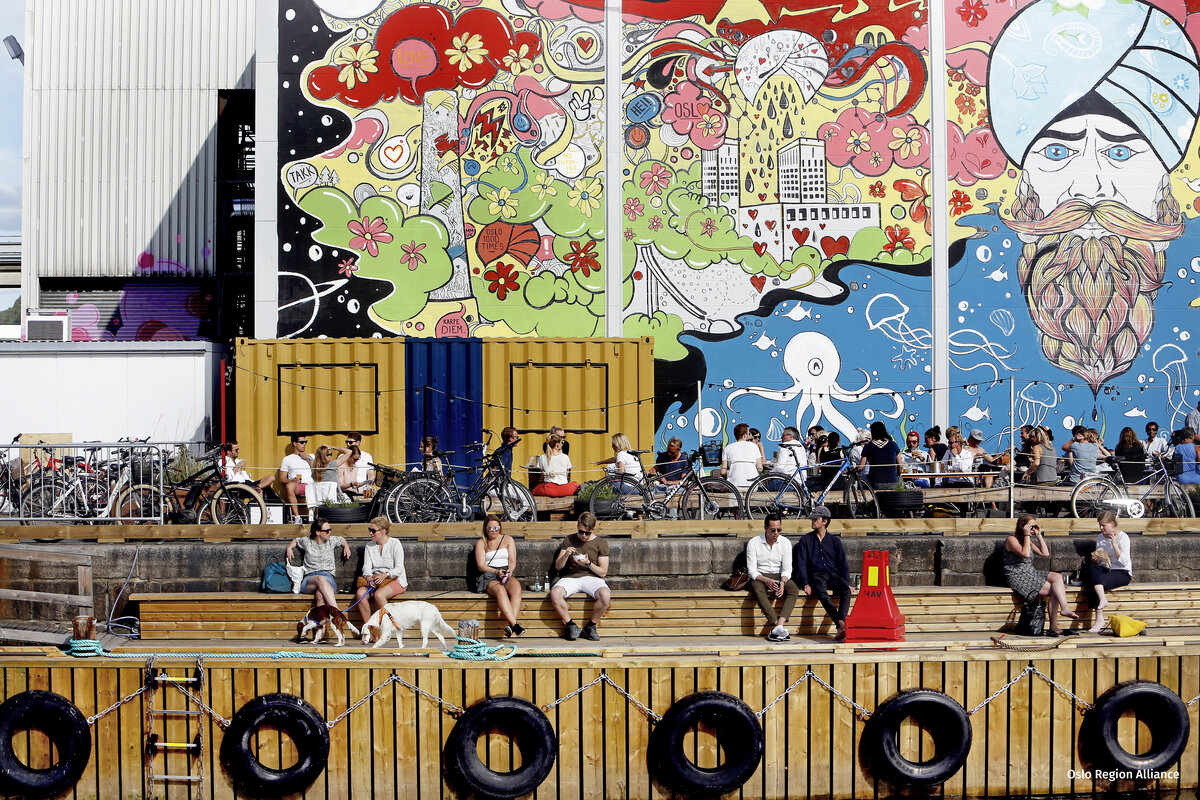Finding International Talent: How To Recruit From Abroad
When it comes to recruiting the right people for your business, the competition is fierce – not only between companies, but between cities and countries as well.
Norway will need 40 000 tech talents by 2030, which is just a tiny fraction of the overall need throughout Europe the next few years. So how do you gently, but firmly push future employees in your direction? These five tips may come in handy.
1. Know where to search – and how to make yourself noticed
Attracting talent from around the world is a potentially daunting task – especially if you’re running a startup, a scaleup or any company without resources specifically dedicated to recruitment.
Thankfully, there are a number of sources available, from online professional networks such as LinkedIn and HackerRank, social media (Facebook, Twitter) and job boards ranging from Oslo Talent Pool to Indeed, SimplyHired and Career Builder, to name a few.
But just as important is your company’s presence online, whether it’s on social media, through advertising or your company website. Another thing to consider: Employee referrals and word of mouth – though less scalable – remain the best recruitment methods, making current employees the primary gateway to new talent.
2. Be specific about your needs – and about what you have to offer
Different roles call for different skill sets, and you’d be wise to figure out exactly what you’re looking for. After all, about 70 percent of your potential candidates are passive talent, meaning that they aren’t actively seeking new work, but still may be open to new opportunities.
In order to reach this valuable group of future employees, you’ll need to be specific – not only about which skills and abilities you’re looking for in an employee, but also their motivation and personality traits.
Transparency should go both ways, however. Knowing what’s most important to foreign talent – professional growth and learning, work-life balance, competitive compensation and interesting problems to solve – you should be honest when it comes to your company’s strengths and potential within these fields.
3. Company culture is a big deal
Well worth remembering, but easy to neglect in the heat of the hiring process: Your company culture matters. Sell it!
Knowing that you’ll arrive in a workplace where like-minded and inspiring colleagues will be waiting for you, could easily be the one factor that tips the scale in favor of a new career in a new country.
Identify not only what separates your vision, your brand and your business MO from the rest of the pack, but also the quirks and traditions, the interpersonal dynamics and other elements that set your company apart from your competitors. Are you a karaoke-loving crowd? Is foosball a big thing in your office? :D Do you have a reading circle or monthly movie nights? Get it out there.
4. Simplicity rules
Endless rounds of applications, interviews and tests could be big turn-offs for attractive talent.
After all, your dream candidate is most likely used to being approached by various companies offering them jobs, and a short and sweet recruitment process could set you apart from the rest. In a worst-case scenario, you could lose your candidate to a rival if things move ahead too slowly.
That doesn’t mean you should take the recruitment process lightly – far from it. But make sure that the interview process is as well-crafted and efficient as possible, ask the right questions, involve the right people and respect your candidate’s time.
Whether you like it or not: Your hiring process serves as both a reflection of your company and a first impression, which we all know the importance of.
5. Oslo is a unique and thriving city – don’t be shy about it!
Living and working in Oslo, you may take the city’s many qualities for granted. To someone coming in from the outside, however, there are a number of reasons why the city would – and should – blow their mind.
Oslo stands out among other European cities with a high ranking in several indexes, including progress towards achieving SDGs, concentration of educated and young talent in a city and quality of the urban environment, career opportunities and access to healthcare.
Behind these rankings is Oslo itself – a compact, thriving and unique place close to the surrounding Marka forest, the islands in the fjord and the Akerselva river, which runs through the city. Combined with an array of concerts, culinary hotspots, a happening art scene and exciting new neighborhoods being developed, Norway’s capital offers something for all tastes.
Remember that you are not just selling a job - but the city and life style behind it. This toolbox includes facts about the city, images and stories that you can use in your own company marketing.




